Did you think you knew everything about plants? Surely you would answer me yes and that you know that cacti are plants of very dry climates, I am going to test your knowledge about these beautiful plants! If I ask you what function do the cactus spines have, would you answer ??? .... Of course you would say that it is to protect the plant against "predators" that want to eat it, in a certain part they function as a defense, but a cactus has a leaf ?... NO!!! IT'S BECAUSE ITS THORNS ARE ITS LEAVES ... And by developing leaves like this, it can withstand better conditions, come with me and I'll explain the rest!😲🔬
Creias saber todo sobre las plantas? seguramente me responderias que si y que sabes que los cactus son plantas de climas muy secos, voy a poner a prueba tu conocimiento sobre estas hermosas plantas! si te pregunto que funcion tienen las espinas de los cactus que respondirias???.... Por supuesto dirias que es para proteger a la planta contra "depredadores" que quieran comerla, en cierta parte funcionan como defensa, pero un cactu tiene hoja?... NO!!! ES PORQUE SUS ESPINAS SON SUS HOJAS... Y al desarrollar hojas asi, puede soportar mejores condiciones, acompañame y te explico el resto!👨🎓👨💻

AMAZING EVOLUTIONARY CAPACITY🌿🌵👨🎓/ASOMBROSA CAPACIDAD EVOLUTIVA👨🏫😲🌵🌵
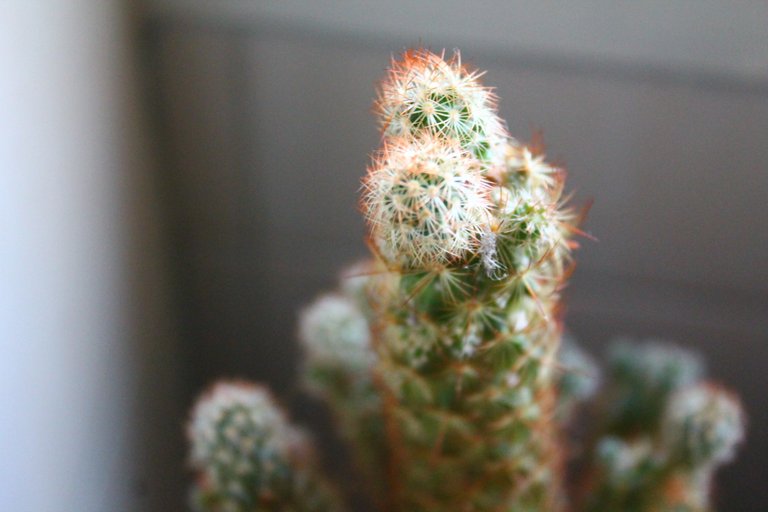

You know how crazy I am about science ... I always look for the answer to everything that surrounds me, or at least I try! While I was cooking I saw in the window a cactus that we have decorative, so I was transported to my classrooms in 2008 of Botanica II, it was a great laboratory class because we saw the famous "vacuoles" and it was there that I understood the great capacity that these plants have To survive in extremely hot conditions, let's start with these plants being grouped in the family: "Cactaceae" there are many species, and some varieties with beautiful flowers and fruits! If you thought that their origin was from "Africa" you are wrong they are species that originated in "America"💦🌿🌵
Saben como soy un loco por la ciencia... Siempre busco la respuesta a todo lo que me rodea, o al menos trato!!! mientras cocinaba vi en la ventana un cactus que tenemos decorativo, entonces me transporte a mi aulas en el 2008 de botanica II, fue una estupenda clase de laboratorio porque vimos las famosas "vacuolas" y alli fue que entendi la gran capacidad que tienen estas plantas para sobrevivir en condiciones de extrema calor, comencemos que estas plantas estan agrupadas en la familia: "Cactaceae" existen muchas especies, y variedades algunas con hermosas flores y frutos! si pensaste que su origen era de "africa" te equivocas son especies que se originaron en "America"😏🌏🌎
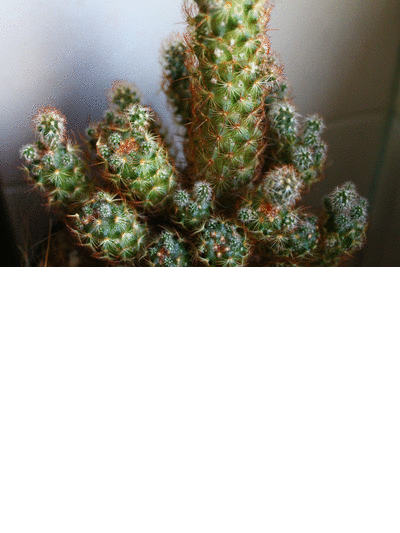
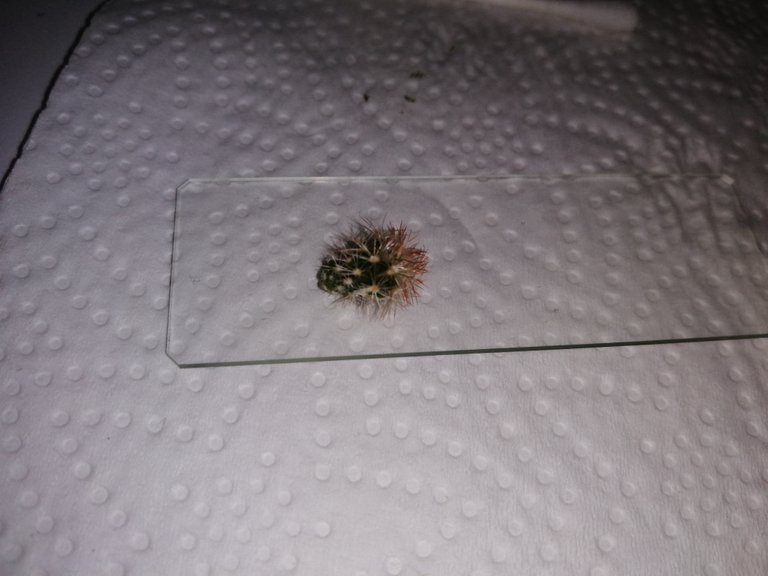
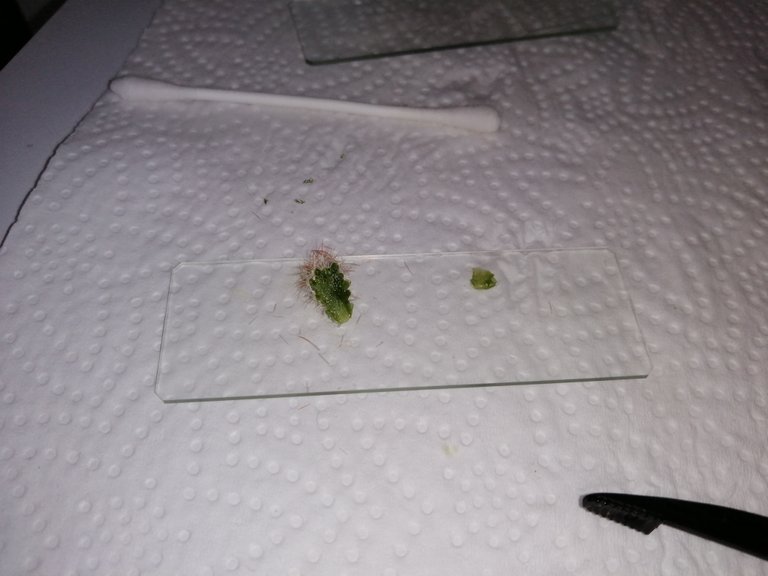
I wanted to do something different for HIVE and learn something new, that's why I did this little experiment where I made two types of tissue cuts, one longitudinal and the other transversal, in addition to removing some spines "that we already know are modified leaves" to see what they look like. Under different magnifications, you will be surprised by the results, then as I mentioned above they are originally from America, but if you wonder in which part of America what would you answer? some arid country? like Mexico for example? And if ... They evolved to inhabit the countries of Central America, nature does not like limits .... And there is a species of cactus that breaks the environmental barrier and grows in a place in "tropical Africa."⛔❗🕵️♂️🌍
Quise hacer algo diferente para HIVE y aprender algo nuevo, por eso hice este pequeño experimento donde realice los dos tipos de cortes de tejido uno longitudinal y otro transversal, ademas de retirar algunas espinas "que ya sabemos que son hojas modificadas" para ver como lucen bajo diferentes aumentos, te sorprendera los resultados, entonces como mencione anteriormente son originarios de America, pero si te preguntas en que parte de america que responderias? algun pais arido? como mexico por ejemplo? y si... Evolucionaron para habitar los paises de america central, a la naturaleza no le gustan los limites.... Y existe una especie de cactus que rompe la barrera ambiental y crece en un lugar de "africa tropical".💚💥💥


Cacti have been inhabiting our planet for more than 80 million years, and from there like many living beings they have not stopped evolving, at that time the continents were not the same as they are now America was not independent! They were all united, this is known as "pangea" or "supercontinent" but at the height when the cacti begin to originate, pangea was separating and the separation of continents was formed, only a small problem arises! America in the Pangean era had a tropical climate, so scientists believe that "primitive" cacti were normal plants with leaves and woody stems! Do you want to know what primitive cacti were like? then search the internet for this genus of plants: (Pereskia)💥⛔
Los cactus llevan habitando nuestro planeta mas de 80 millones de años, y desde alli como muchos seres vivos no han parado de evolucionar, en ese tiempo los continentes no eran igual como son ahora america no era independiente! estaban todos unidos, a esto se le conoce como "pangea" o "supercontinente" pero en la altura cuando los cactus comienzan a originarse pangea estaba separandose y se formaban la separacion de continentes, solo que surge un pequeño problema!! america en la era de la pangea tenia un clima tropical, por lo que los cientificos creen que los cactus "primitivos" eran plantas normales con hojas y su tallo leñoso! quieres saber como eran los cactus primitivos? entonces busca en internet este genero de plantas: (Pereskia)🤓🤓

WHY THORNS ??🌿🌵👨🎓/POR QUE ESPINAS??👨🏫😲🌵🌵
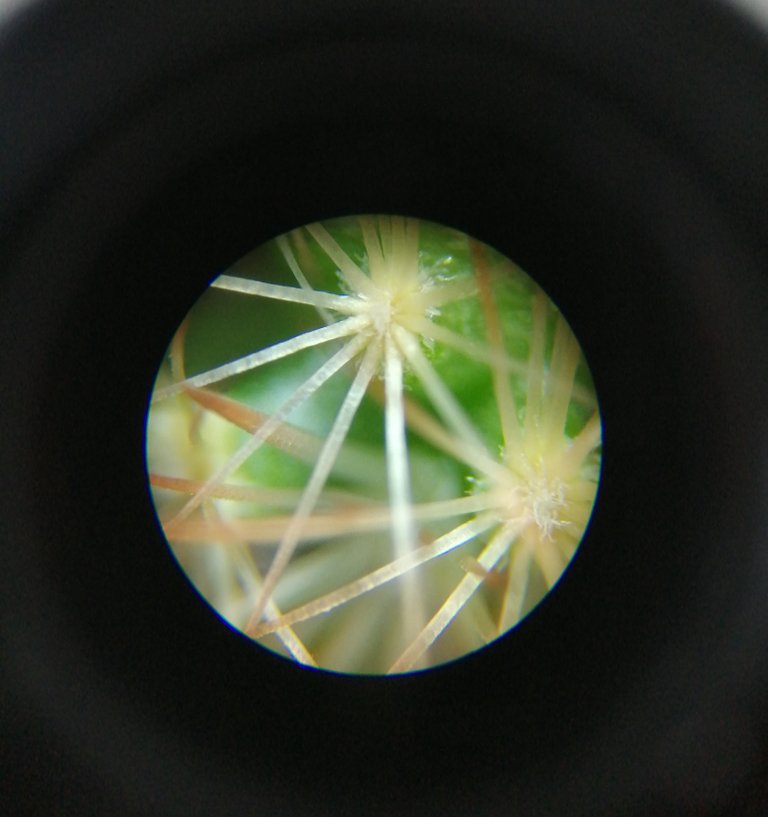

This is surely the question that motivated you to read my post, and yes! We are going to see the scientific reason why cacti modified their leaves to thorns, well the first thing we must do is take a normal leaf of a plant and analyze it, its size, its sides, a large leaf at the bottom or it has several stomata these holes make a perspiration, and one of their functions is to lose HO2, so the botanist tells us that a plant with large leaves is common in humid and tropical areas, and plants with very small leaves are common in deserts, to avoid losing as little water as possible!😎😋
Esta es seguramente la pregunta que te motivo a leer mi post, y si! vamos a ver la razon cientifica del porque los cactus modificaron sus hojas a espinas, bien lo primero que debemos hacer es tomar una hoja normal de una planta y analizarla, su tamaño, sus lados, una hoja grande en la parte de abajo o enves tiene varios estomas estos orifios hacen una transpiracion, y una de sus funciones es perder HO2, por lop que la botanica nos dice que una planta con hojas grandes es comun de zonas humedas y tropicales, y las plantas con hojas muy pequeñas son comunes de desiertos, para evitar perder lo menos cantidad de agua posible!💨💦
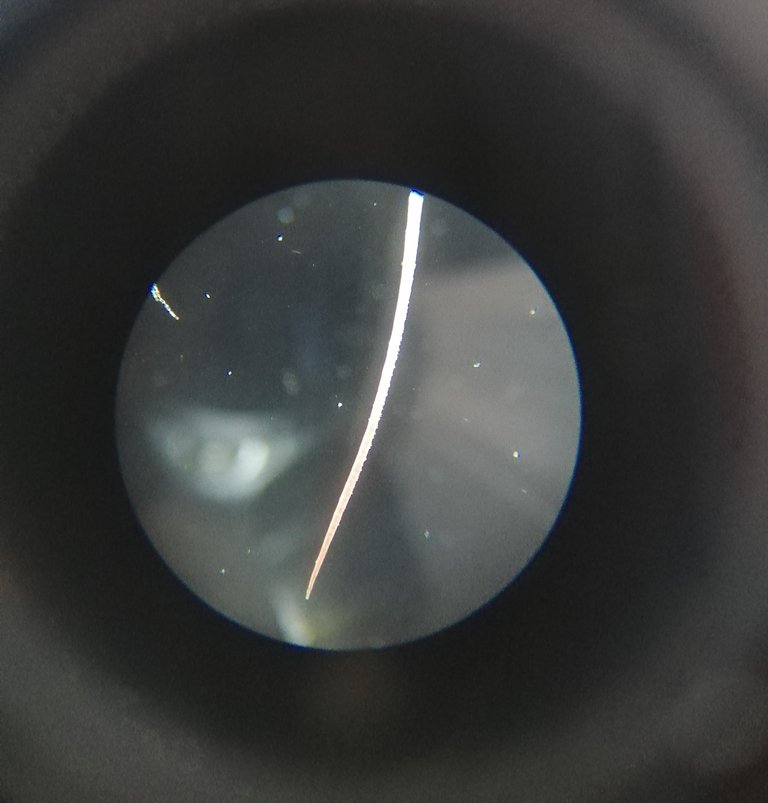

Let's imagine that what the thorns do is capture the drops and atmospheric humidity, which then go down the stem of the cactus to the root, to help prevent the water from evaporating, the cactus has a very intelligent mechanism, a very thick cuticle to avoid That the water is absorbed or lost, to complement the water recovery process, cacti have a "wax" in their cuticle so that the water can slip and reach the root! the stem is the place where photosynthesis occurs since here we get the chloroplasts!💦💥
Imaginemos que las espinas lo que hacen es capturar las gotas y la humedad atmosferica, que luego bajan por el tallo del cactus hasta la raiz, para ayudarse a que el agua no se evapore el cactu tiene un mecanismo muy inteligente una cuticula muy grusa para evitar que el agua se absorba o se pierda, para complementar al proceso de recuperacion de agua los cactus tienen una "cera" en su cuticula para que el agua pueda resbalarse y llegar a la raiz! el tallo es el lugar donde ocurre la fotosintesis ya que aqui conseguimos los cloroplastos!☔☔

CACTUS TISSUES ??🌿🌵👨🎓/TEJIDOS DEL CACTUS??👨🏫😲🌵🌵

You must ask yourself how it is possible that the same cactus tissue has two different aspects? Actually, because we see different cells as they fulfill different functions, I don't want to delve too deeply into the tissues since it is a very technical subject and I must use various botanical terms, in addition to seeing the "transport tissue" an almost perfect cut has to be made! With the naked eye we see what is called the tissue of the parenchyma, we recognize it by the shape of its large cells, with thin walls, and they have the appearance of being swollen!💦
Te debes preguntar como es posible que el mismo tejido del cactus tenga dos aspectos diferentes? en realidad porque vemos celulas diferentes ya que cumplen diferentes funciones, no quiero profundizar mucho en los tejidos ya que es un tema muy tecnico y debo usar varios terminos botanicos, ademas para ver el "tejido de transporte" tiene que realizarse un corte casi perfecto! a simple vista vemos lo que se llama el tejido del parenquima, lo reconocemos por la forma de sus celulas grandes, con paredes finas, y tienen el aspecto de estar inchado!🧫

I must clarify that the parenchymal cells reserve water, but there are some like the aquiferous parenchyma that specialize more in absorbing the vital liquid, they are common in desert plants! That is why my intuition leads me to the fact that I am in the presence of an aquifer parenchyma, in the desert water is very scarce and for the cactus, developing cells that store water is essential for their survival, but they have a problem! And is that being internally "wet" bacteria grow here in a huge way ... That is why when a cactus is "injured" it is almost impossible to recover and the affected area ends up rotting!⛔❌
Debo aclarar que las celulas parenquimaticas reservan agua, pero hay unas como las parenquimaticas acuiferas que se especializan mas en absorber el vital liquido, son comunes de plantas deserticas! por eso mi intuicion me lleva a que estoy en precencia de un parenquima acuifero, en el desierto el agua es muy escasa y para el cactus desarrollar celulas que almacenen agua es indispensable para su supervivencia, pero tienen un problema! y es que al ser internamente "humedos" las bacterias crecen aqui de forma descomunal... Por eso cuando un cactus es "herido" es casi imposible recuperarse y acaba por pudrirse la zona afectada!🧫

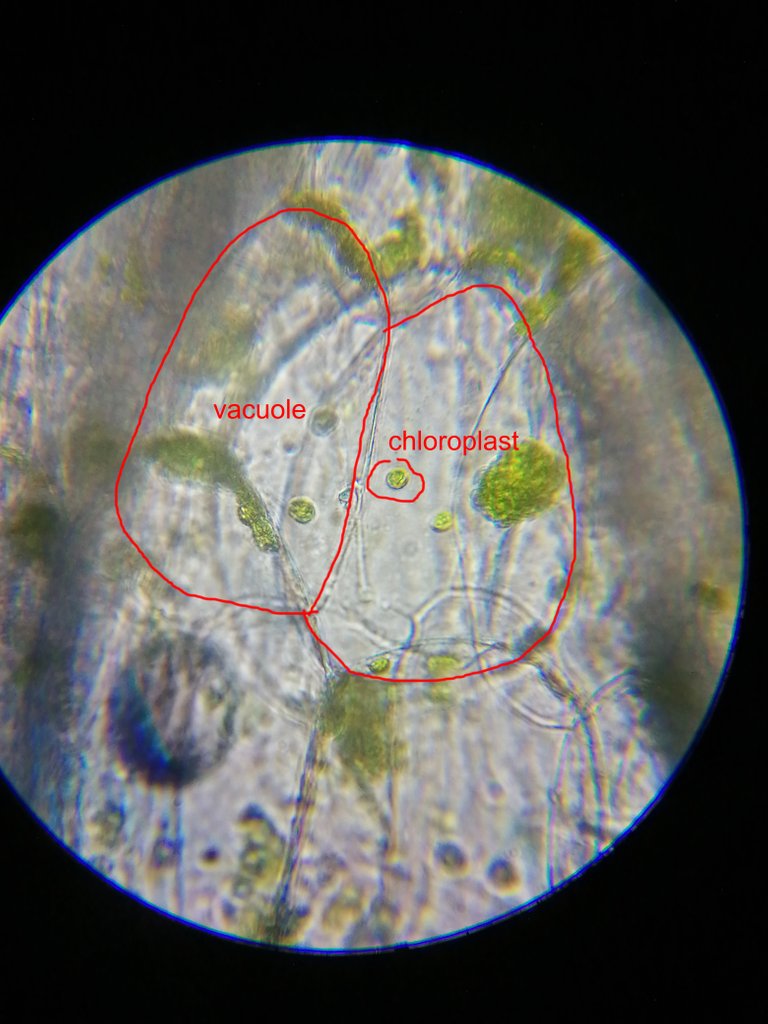
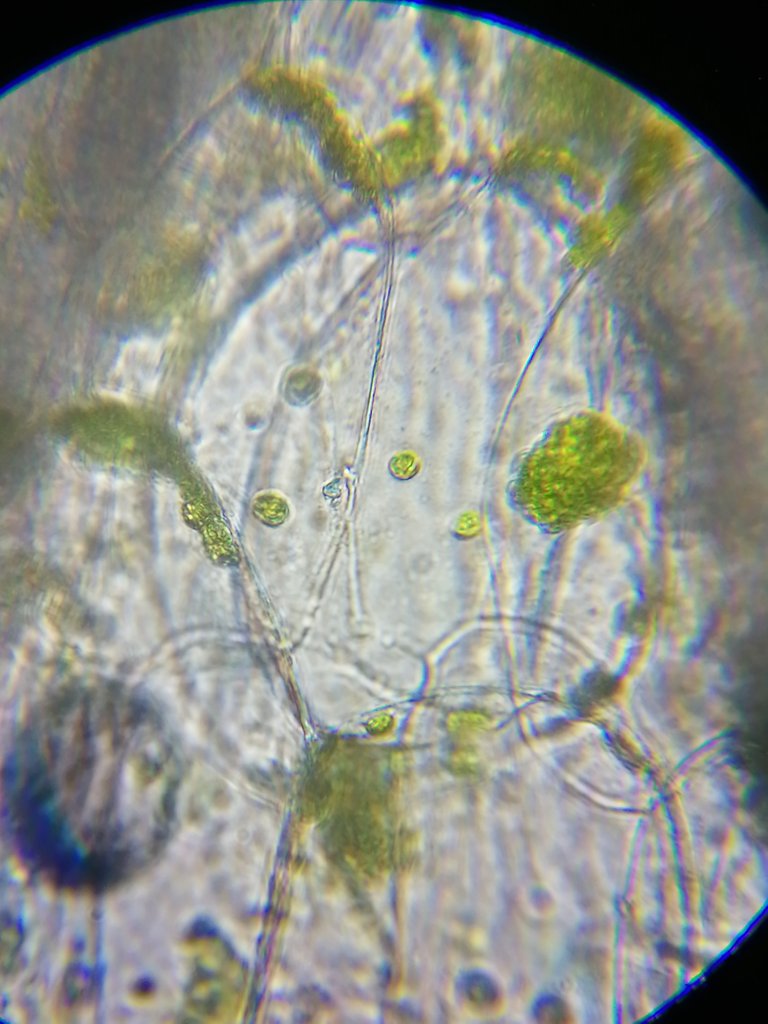
It is surprising the things that we can see when we use the microscope, we know that cacti are very resistant to desert climates and can withstand up to 60 degrees of temperature, but opening one and seeing what their physiology is like and what tissues participate to be so resistant is something beautiful to see!🔥🔥
Es sorprendente las cosas que podemos ver cuando usamos el microscopio, sabemos que los cactus son muy resistentes a climas deserticos y pueden soportar hasta 60 grados de temperatura, pero abrir uno y ver como es su fisiologia y que tejidos participan para ser tan resistente es algo hermoso de ver!🌵🌵

DNA is an organization to foster and DENSIFY NATURE-APPRECIATION which aims to establish REPORTS OF BIODIVERSITY DATA that is contributed by all of us Hiveans and subsequently cataloged.
Therefore DNA searches for HIGH-QUALITY posts that aim to DESCRIBE and determine the BIODIVERSITY AROUND YOU with added EXPLANATIONS and INFORMATION. For these informative posts they offer a CURATION SERVICE using the @dna.org account. It is also a CURATION TRAIL. Just add the #dna TAG if you think that any of your posts is what they are looking for.
THANKS FOR READING ME (PHOTOS OF MY PROPERTY)🙂🧠🦾👍
The following post is a compilation of information extracted from the following pages:
https://www.rtve.es/noticias/20140601/tienen-espinas-cactus/945963.shtml
https://cibercactus.com/cuales-son-las-caracteristicas-de-los-cactus/
https://es.wikipedia.org/wiki/Cactaceae
https://mmegias.webs.uvigo.es/1-vegetal/guiada_v_parenquima.php




















View or trade
BEER.Hey @oscurity, here is a little bit of
BEERfrom @pixresteemer for you. Enjoy it!Learn how to earn FREE BEER each day by staking your
BEER.Amazing dissection and microscope shots.
I had an approximate knowledge of cacti and the wax layers. The thorns acting as water condensers is a new bit of information to me but it makes perfect sense. Under the microscope, the thorns are hairy which is to increases the surface area of the thorn, just like a heat sink. In this case, creating small areas for water vapor to stick and collect, then drop down.
Así es, imagino que con un microscopio podemos ver cosas que a simple vista no captamos , la naturaleza es increíble sobre todo las plantas. Me encanto leerte he aprendido muchas cosas que no sabia sobre las plantas.
gracias por leer y comentar ya te apoye con mi voto! abrazos y haces bien con leer, socializar!
Gracias a ti por esas publicaciones son buenas.
Amazing pictures (especially those made through your microscope) and pieces of information. I have never asked myself the question about the thorns of the cacti, but in fact this is a very good one. Therefore, thanks for sharing this post. Cheers!
Thanks for your contribution to the STEMsocial community. Feel free to join us on discord to get to know the rest of us!
Please consider delegating to the @stemsocial account (85% of the curation rewards are returned).
You may also include @stemsocial as a beneficiary of the rewards of this post to get a stronger support.